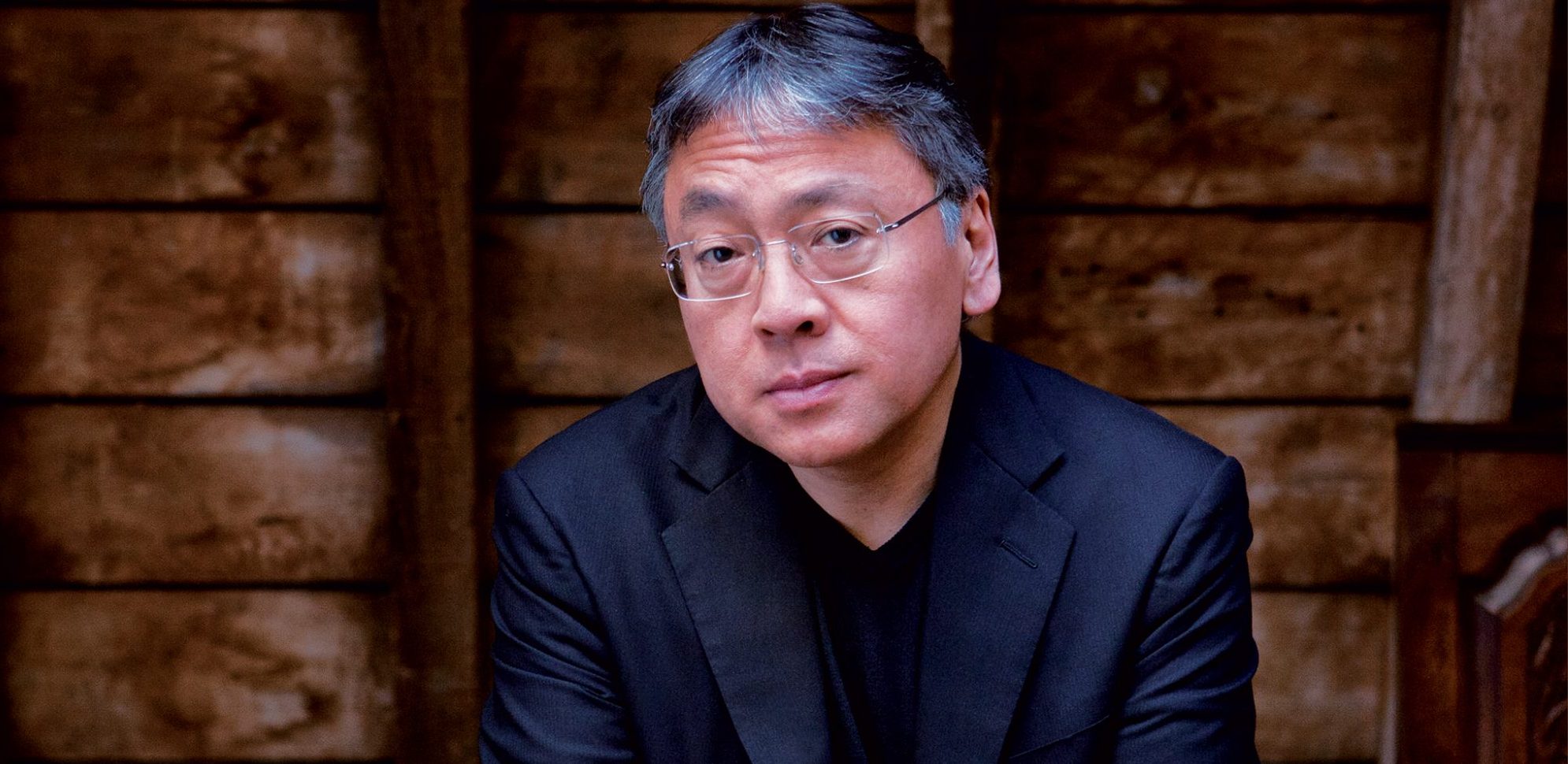By Gloria Borroni
The literary world is divided into two groups, fans who gather together in trepidation to discover whether their favorite writer won the prestigious Nobel Prize for literature, and people who disregard the award completely. Kazuo Ishiguro received the award for 2017. The Swedish Academy decided to give the prize to Ishiguro, because, to quote president of the academy Sara Sanius, “with his novels of great emotional strength, he discovered the abyss under our illusory sense of connection with the world.”. This year, it was the triumph of classical literature, compared to last year’s controversial winner Bob Dylan. But who is Kazuo Ishiguro?
Born in Nagasaki, Japan, in 1954, he moved with his family to Britain at the age of five. This position in between two cultures has allowed him to develop a unique literary style, and the ability to unite very different worlds. In his words:” I have therefore distinct roots. I think differently, my perspective is subtly different.”
Kazuo Ishiguro’s literature is classical (but also very popular) in the most accurate sense of the term, very clear in expression, intense and emotional in its representation of humanity, and capable of exploring in depth timeless questions of identity and existence. Ishiguro is, therefore, the perfect union between literary and pop, western and eastern, fantasy and classic. In case you are curious about the Nobel Price’s winner works, or you only want to sound like the cultured one in your group of friends, here are four of Ishiguro’s novels to get you acquainted with the author.
A pale view of hills – 1982
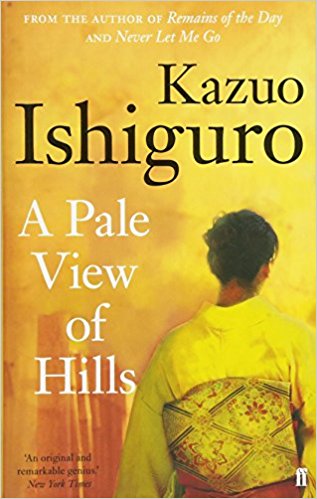
Etsuko is a Japanese widow living in England, who is tormented by the memory of her suicidal daughter. Etsuko’s story is superimposed on the memory of the destruction of Nagasaki after the Second World War. In the meantime, Etsuko pieces together the story of Sachiko, a girl who was waiting for a far-away love. The simple and minimal narration is intertwined with the intricate and mysterious story. Tough and poetic at the same time.
The remains of the day – 1989
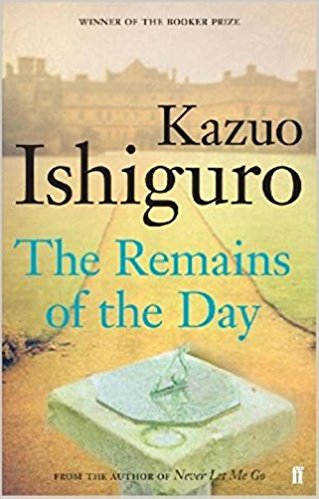
The novel is written in diary form, with Mr. Stevens as the “I” narrator. Stevens is a lawful English butler who obtains a week’s holiday, with the excuse to go to Miss Kenton, the housekeeper of the aristocratic villa where he worked as a young man, and ask her to come back to work together with him. This journey will bring Stevens back in time, forcing him to relive his past and revise his life choices. The book was turned into a successful movie in 1993, directed by James Ivory with Anthony Hopkins and Emma Thompson.
Talking about The Remains of the Day, Ishiguro, thinking about his past and the experience of moving to a whole different country as a child, has said: “I think the best thing is to face their darker memories in the end. It was kind of melancholic loss, not in a traumatic sense. I was distracted for a moment and then disappeared.”
Never let me go – 2005
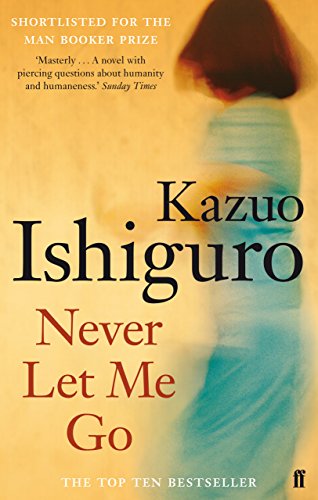
This novel marks the turn of Ishiguro to a dystopian and sci-fi kind of literature. It is a so-called ucronic novel, that is, set in a present alternative to what has happened in the historical reality, and is told through flashbacks by the protagonist, Kathy. Kathy, Tommy, and Ruth are three students of Hailsham, a college in the English countryside. After school, they are going to live in tranquillity on farms at the expense of the state, yet their destiny is to become “donors”, or human clones created in the lab to donate their organs and treat sick humans. In 2010, a film adaptation of the book came out.
The buried Giant – 2015
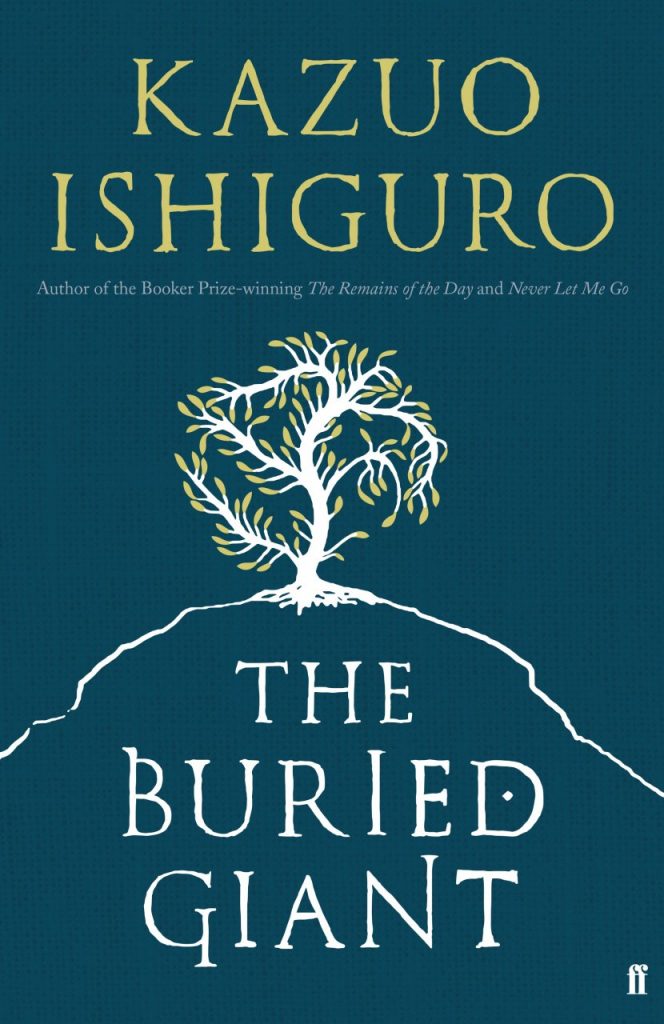
The most recent of Ishiguro’s work is a fantasy novel. Set in a mythological country, pacified by the kingdom of King Arthur, he recounts Axl and Beatrice, a couple in the search of their son. In their journey they meet incredible creatures, must survive mortal dangers, and believe in wonder. It is an ambitious work, different from previous Ishiguro’s novels. All the canonical figures of fantasy are found in the novel, which has, at the same time, presents stylistic sophistications including peculiarity, an aulic tone, and outdated lexical choices. Put all these elements together, stir a little bit, and you have a masterpiece.
Gloria Borroni, class of 2018, is a literature and media major from Milan, Italy.
Image Sources: Amazon

